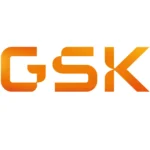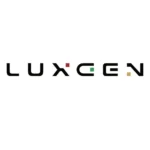Kioxia and SanDisk commenced operations at their new Kitakami fab in northern Japan, though the facility won’t deliver significant output for another six months at minimum.
The partners activated Fab2 at their Iwate Prefecture site with capacity to manufacture 218-layer 3D flash memory chips using what they describe as bonding technology that fuses control circuits directly to storage arrays. The companies plan a gradual production ramp, targeting meaningful volumes only by the first half of 2026.
The timing reflects a cautious approach after both manufacturers navigated a prolonged slump in NAND flash pricing. Tokyo approved subsidies of up to ¥150 billion ($1 billion) for the project in February 2024, part of Japan’s broader push to rebuild its semiconductor capabilities.
SanDisk operates the venture following its February 2025 separation from Western Digital, which had owned the brand since 2016. Western Digital retained a roughly 20% stake in the newly independent company.
The facility targets growing AI-driven storage demand, though the phased rollout suggests the partners are matching capacity expansion to actual market conditions rather than racing ahead. Both executives referenced AI applications in their statements about the plant, which incorporates earthquake-resistant design and energy-efficient manufacturing systems.
The two companies have maintained their flash memory partnership for more than two decades.






